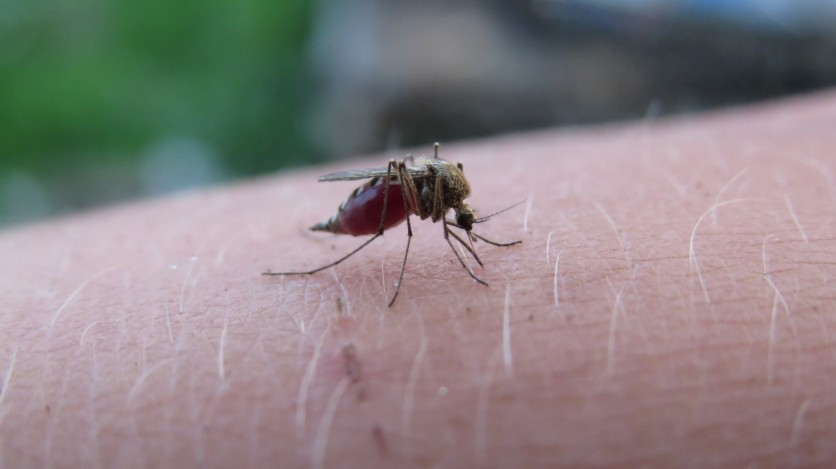Researchers at the University of South Florida are using artificial intelligence (AI) to improve mosquito surveillance to combat malaria, particularly in Africa.
Ryan Carney, a professor of integrative biology, and Sriram Chellappan, a computer science and engineering professor, collaborate with an interdisciplinary team to enhance malaria research and develop innovative methods to combat this life-threatening disease.
This initiative is part of a broader international effort supported by a $3.6 million grant from the National Institute of Allergy and Infectious Diseases, a National Institutes of Health division.
Known as EMERGENTS (Enhancing Malaria Epidemiology Research through Genomics and Translational Systems), the initiative will create a new International Center for Excellence for Malaria Research in west-central Africa.

AI-Powered Smart Trap Designed to Attract Mosquitos
Carney and Chellappan will spearhead the image-based mosquito surveillance initiative by training local scientists to utilize citizen science via mosquitodashboard.org, a platform they developed in 2022.
This online dashboard consolidates hundreds of thousands of mosquito sightings from different platforms into an interactive, real-time data portal, leveraging photos uploaded from smartphones.
Chellappan is also testing an AI-powered smart trap designed to attract, capture, and track Anopheles stephensi, a dangerous urban malaria mosquito that has recently started to invade Africa.
Chellappan aims to launch several prototypes of this pending patent smart trap across west-central Africa to automatically capture and identify Anopheles stephensi.
Chellappan highlights their team's unique capability to perform anatomy-based classification from a single photo, identifying mosquitoes by automatically recognizing their head, thorax, abdomen, and legs. This algorithm uses specific anatomical features, such as the wing, to identify Anopheles stephensi.
The dashboard and smart trap serve as essential tools that provide real-time data to researchers and mosquito control personnel for early detection of invasive and disease-carrying mosquitoes.
In 2022, in collaboration with the Centers for Disease Control and Prevention, they tested this method through citizen science initiatives in Ethiopia and Madagascar.
The new project's additional funding will enable Carney and Chellappan to fine-tune their algorithms and include more species for automated identification, particularly on Anopheles stephensi.
Effective Malaria Vector
Carney explains that Anopheles stephensi has adapted to urban environments, potentially leading to severe outbreaks in cities as seen in Africa. Although Anopheles stephensi has not yet been detected in the US, Florida remains a key region for mosquito-borne diseases.
Carney said their citizen science infrastructure and species identification technologies aim to establish preparedness against this possible threat.
As the project progresses and technology improves, Chellappan envisions making the traps available to the public at an affordable price, thus boosting international and local community-led mosquito surveillance and control efforts.
"We are the only team that we know of globally that can successfully enable anatomy-based classification from a single photo to identify mosquitoes," Chellappan said in a press statement.
"Our algorithm automatically identifies the head, thorax, abdomen and legs from a mosquito image, then it uses specific anatomical components to identify the mosquito type - for example, the wing for Anopheles stephensi," he added.
Related Article : WHO Gives Green Light to Affordable Malaria Vaccine

ⓒ 2025 TECHTIMES.com All rights reserved. Do not reproduce without permission.




